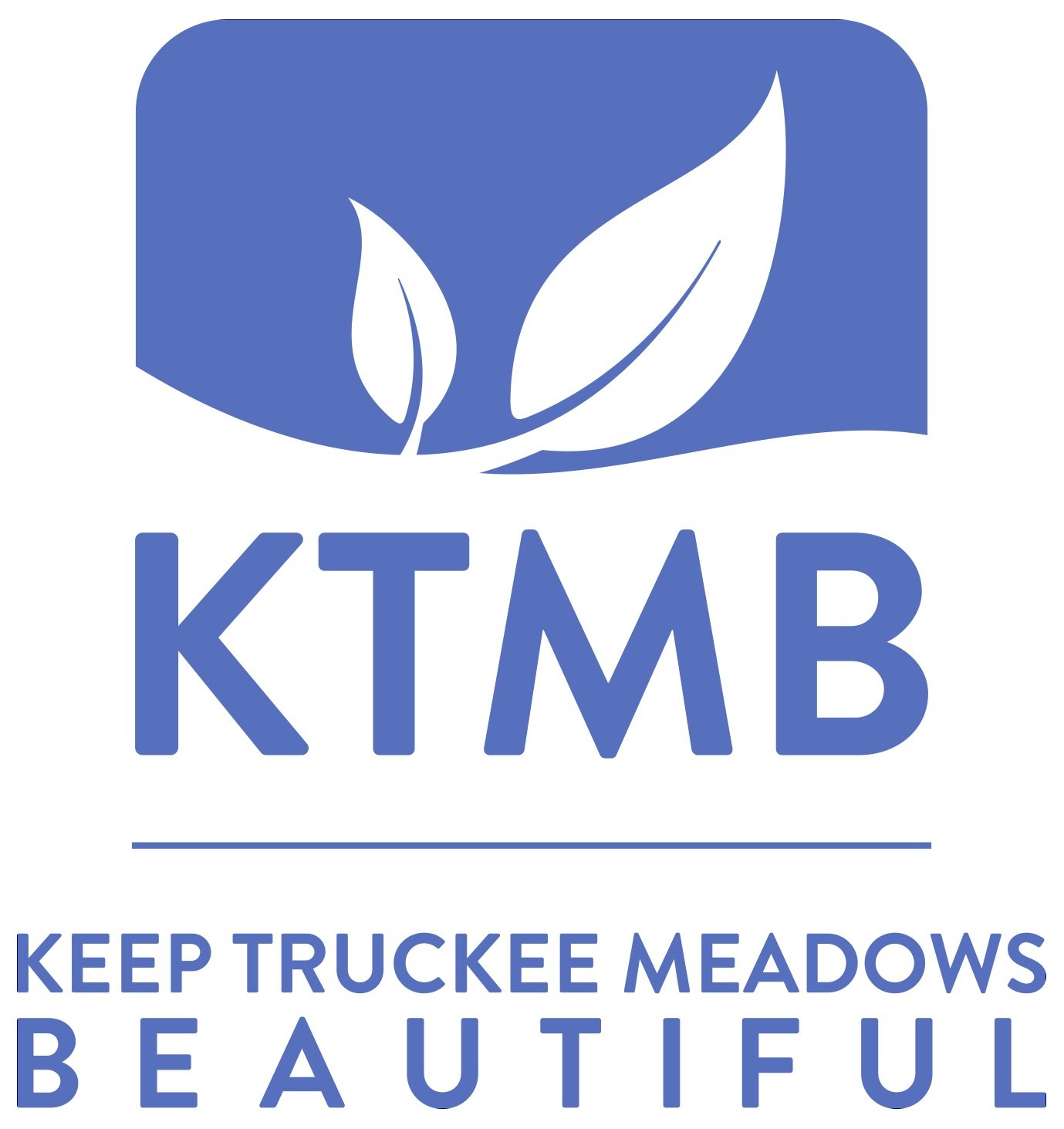Home Waste Audit
For many years, KTMB has been encouraging residents of the Truckee Meadows to reduce their excess waste so we can collectively send less trash to the landfill and take pressure off our local recycling infrastructure. However, it may not be clear where to start if you don’t have a good grasp of what the components of your waste actually are. By conducting a waste audit of your home, you’ll be able to identify where most of your waste is coming from and better strategize your waste reduction efforts.
How to conduct a waste audit
The first step in conducting your waste audit is choosing a period of time to conduct it. We recommend doing it over the course of week, between your curbside garbage collections. If you would like to do it over the course of several weeks, you’ll get a more comprehensive idea of what your trash output is.
Next, you’ll want to decide how detailed you want your audit to be. The first level would be to just separate your waste into 3 categories: organics, recyclables, and trash. This can be taken a step further by categorizing your recyclables by material (glass, aluminum, etc.) or sorting the plastics by their numbered type, you can usually find this somewhere on the packaging.
For information on what materials can be categorized as recycling, check out our redesigned Recycling Guide.
You’ll also want to make a plan for how you want to record the data from your waste audit. Here’s an example to help you get started. Ideally, you’ll want to record the weight of each of the three main categories and at least a tally of the more specific breakdowns.
Now it’s time to get started. Once you have collected all of your trash and recycling from the week, you’ll want to lay out a tarp or a garbage bag to conduct your audit on. Create a space on the tarp for organics, for recycling, and trash, then further categorize the recycling as described above and record how much of each recyclable you’ve collected. Finally, weigh your organics, your recyclables, and your trash if you have a scale handy. If you don’t have a scale, don’t worry, even just the visual of all your waste sorted before you is helpful in identifying the areas in which you can improve upon your waste reduction.
The most important aspect of your at home waste audit is considering the results. What type of material made up the most of your waste? Were there any regular items that could be reduced or reused? Which items seemed the most frivolous and could be cut out of your waste stream? Maybe a large amount of organics will be the kick start to trying to compost at home or finally taking on some zero waste habits that didn’t seem as necessary before. Use your results as jumping off points for all the different ways you can reduce your impact. Happy auditing!

